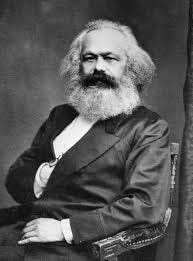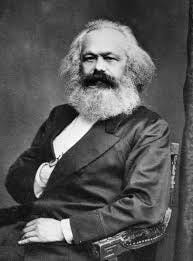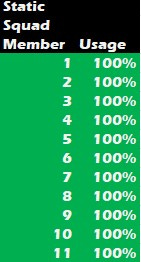The Division Of Labour
Marx, correlation, theoretical modelling, why less is more, and the humble footballer appearance data.
When musing on the fallout from the St Johnstone defeat, I was wondering about squad usage and whether lack of depth was a factor in the recent form dip.
I don’t want to get into the whole post-mortem of that match again and it is covered extensively in this week's pods. This got me thinking about how to measure squad usage and notions of stability. But also, the balance of usage.
What is the correct answer here?
Should you have the same eleven players out on the park every week as a settled eleven? A real-life example of this would be Aston Villa in the 1980-81 season who utilised 14 players in the 46 matches they played that season including winning the English First Division. I’d argue that is unrealistic in modern football given the pace and intensity, and the sheer number of matches.
Should you have a balanced approach across a 25-man squad whereby each player contributes their “share” of the workload, implying an equality of talent across the group? That sounds idealistic and virtuous but also likely unobtainable beyond clubs like Manchester City and Chelsea who stockpile huge squads of expensive players.
Should you have a massive squad filled with youngsters who you blood in selective games and manage the workload of the main talent, so they are optimised for the bigger games? That sounds disruptive and would likely only occur if you had an injury crisis or were going through an extensive rebuilding exercise.
I devised three models along those lines to help thinking and would appreciate your comments.
Remember: a model isn’t intended to reflect the precision of reality; it is a theoretical framework against which to test what happened.
Model
Static
What I call the Static model is the simple scenario where eleven players appear in every minute of every match.
In the 1970s and 80s this model was almost obtainable. The aforementioned Aston Villa in 1980-81 resembles this model with a correlation coefficient of 0.96. Liverpool won a title in the 1978-79 using 16 players all season.
Dundee United’s title-winning team of 1983-83 would be similar but I cannot source the appearance data.
Balanced
What I call Balanced assumes a squad of 25 players who all equally contribute to the efforts over the course of the season. You can think of this as the Championship Manager solution, or at least the way I play it! Unlikely to exist in real life but perhaps aspirational in terms of unity of squad depth and quality.
Disrupted
What I call Disrupted is again a simplification of a season whereby 40 players are used equally due to a combination of possible injury and squad churn.
You tend to see this with struggling teams or where a manager has changed and a rebuild is underway.
For example, the highest number of players used in the SPFL this season so far is 34 by Motherwell battling relegation and having changed manager, and also The Rangers who are facing enforced austerity and subsequent form inconsistency. St Johnstone on 33 are next also battling relegation and with a new manager.
The most players the Google AI engine reckons have been used in a league season is Darlington in 2009-10. They utilised 54 players in their battle against relegation.
In the English Premier League this season relegated Southampton lead the way with 34, followed by fellow strugglers Ipswich Town on 32.
So, this isn’t usually a happy scenario.
Let’s apply these models to Celtic’s utilisation profiles over the last ten seasons.
Keep reading with a 7-day free trial
Subscribe to The Huddle Breakdown to keep reading this post and get 7 days of free access to the full post archives.







